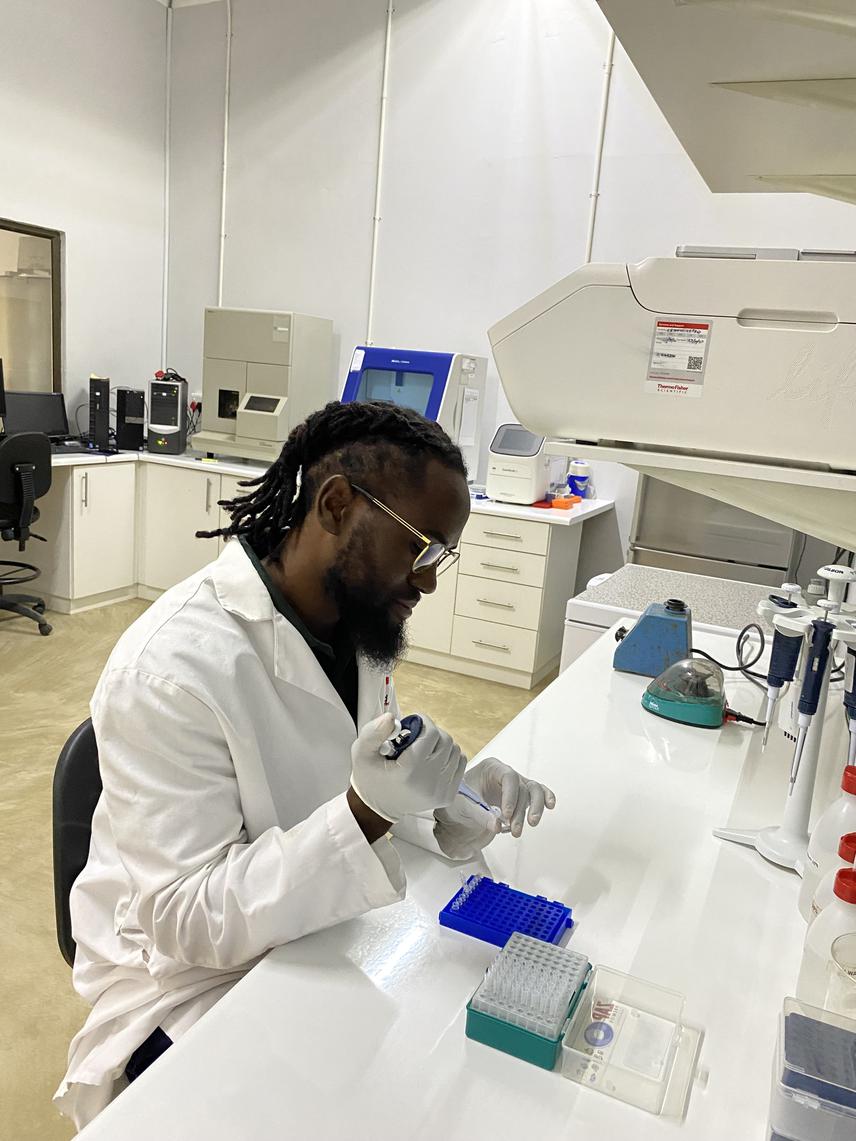Hafeni Hamalwa
Other projects
23 Sep 2020
Investigation of Kenyan Subspecies and their Potential Involvement in Illegal Wildlife Trade (IWT)
Cheetahs (Acinonyx jubatus) are Africa’s most endangered big cat with <7,500 remaining in the wild worldwide. In the preliminary study, which Rufford supported, we determined that four Kenyan cheetahs carried a genetic mitochondrial signature that was non-Kenyan yet still grouped with Kenyan cheetahs based on nuclear genetic analysis. Those four individuals showed evidence of genetic connection between A. j. raineyi (Kenya) and A. j. soemmeringii (Somali and Ethiopia). This was the first time that such a discrepancy was identified in Kenyan cheetahs. To date the timeline and circumstances of such a connection are still unknown, as unfortunately the wild origin of the four individuals could not be confirmed.
The Kenyan cheetah is at the northern end of the distribution of the eastern African cheetah subspecies (A. j. raineyi). It’s subspecies is different from the cheetahs found in Ethiopia/Somalia (A. j. soemmeringii) but has genetic similarities (mitochondria) to the southern African cheetah (A. j. jubatus). While the latest literature supports the stand-alone species, this was not yet applied to the official subspecies status.

Kenya is therefore at the heart of two important questions on 3 cheetah subspecies:
• Is the eastern African cheetah a separate subspecies (A. j. raineyi) or merged with the southern African cheetah (A. j. jubatus)?
• Does the eastern African cheetah (whether classified as A. j. raineyi or jubatus) interbreed with the north-eastern African cheetah (A. j. soemmeringii)?
We need to understand subspecies definitions to assess their conservation status, which in turn affects the priority of the population in national and regional action plans, and the funds and resources available to on-the-ground species conservation.
The Rufford Foundation will help answer these questions by funding my analysis of additional samples from the unique Kenyan sample collection we have access to.
As part of the project, I will also visit Kenyan Wildlife Service (KWS) and Action for Cheetahs Kanya (ACK) in Kenya for two weeks to facilitate calibration of results obtained by KWS and CCF so results can be analysed together. KWS has a state-of-the-art genetic laboratory with expertise for endangered species genetic work but not yet including cheetah. CCF’s genetics laboratory has studied cheetah markers for >15 years. KWS, CCF and ACK have been collaborating for many years and this exchange will provide a great opportunity of capacity building between the three organization.
We are looking forward to determining whether there is recent hybridization between Kenyan and neighbouring subspecies.